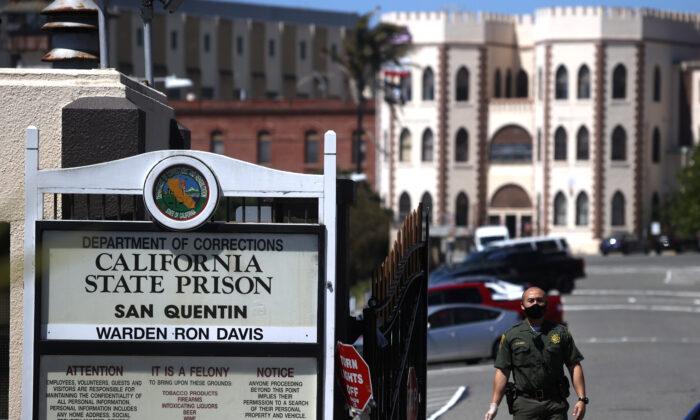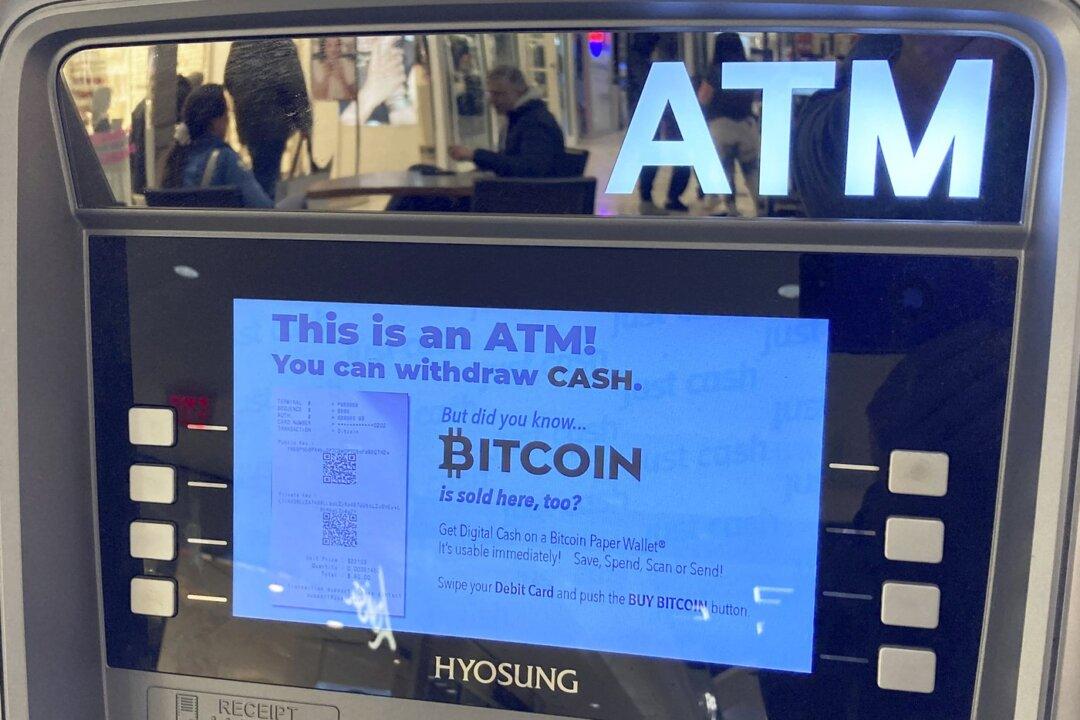The California Department of Corrections and Rehabilitation announced April 29 that it was investigating the death of a condemned inmate as a suicide, and acknowledged that another inmate’s death was under investigation.
Department records also show a death occurred just before midnight April 25 on the prison’s West Block. Sources say James Healy, 43, was killed by his new cellmate, a known gang member, beaten to death by blunt force using a “lock in a sock.”
San Quentin is the blueprint for a sweeping set of reforms California hopes to implement across its 34 prisons, based on the Scandinavian country’s criminal justice model, which focuses on rehabilitation, education and reentry rather than punishment, and is credited with lowering recidivism rates.
Asked about the April 25 homicide, the corrections department acknowledged the death but said the cause has yet to be confirmed by a coroner’s report.
Historically, the corrections department has housed gang dropouts and active gang members separately, to protect the former from deadly retaliatory attacks, but in recent years these populations have been integrated as part of its reform efforts.
California inmates have told The Epoch Times that they fear retribution if they complain or refuse to accept a new cellmate, and that getting a “write-up” for such refusal can lead to denial or delay of parole.
Inmates who are active gang members and not interested in reforming, some observers argue, should not be housed in a “programming” or rehabilitative facility like San Quentin. The corrections department has said it does not vet inmates before placing them in rehabilitation facilities.
An Epoch Times review of incident report data over the past several years showed that assaults and batteries on both inmates and officers, use of force and sexual assaults have all increased significantly across the state’s prisons, even as its population declines.
Records show there were several other incidents at San Quentin in the past week, including two batteries on an inmate with a weapon, one resulting in use of force.
Systemwide, the corrections department has reported four deadly overdoses, three homicides, one attempted homicide, one suicide and one deadly use of force in April, with several other deaths pending investigation. Systemwide, there have been eight confirmed inmate homicides and three instances of deadly use of force so far this year.
Mr. Newsom has allocated $360 million for transforming San Quentin into a rehabilitation center.
There are currently 640 condemned inmates in the system.






